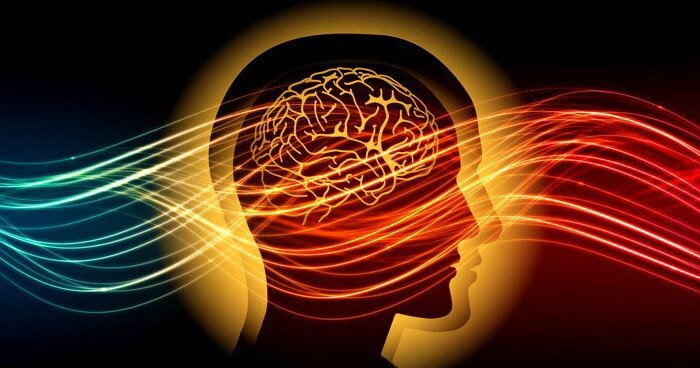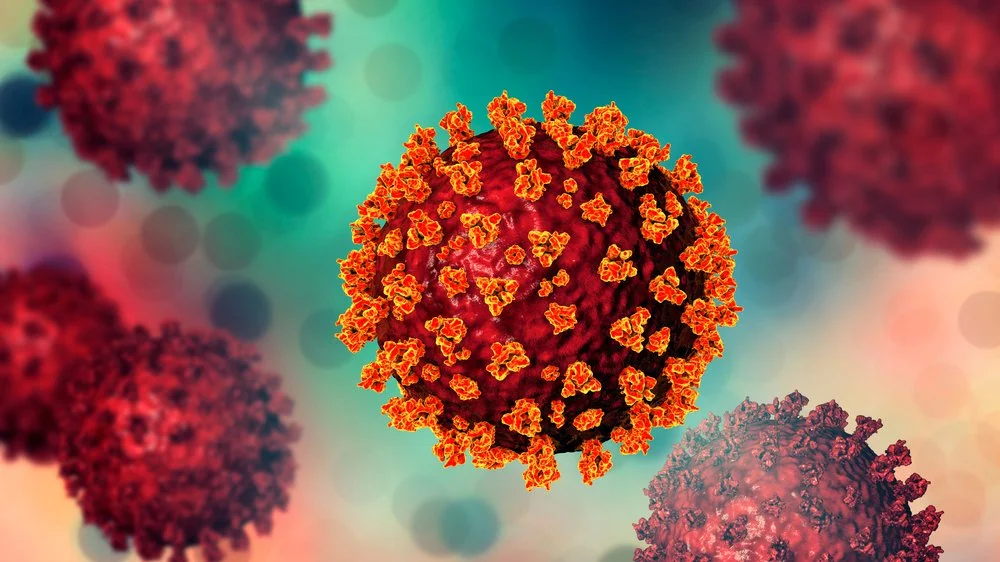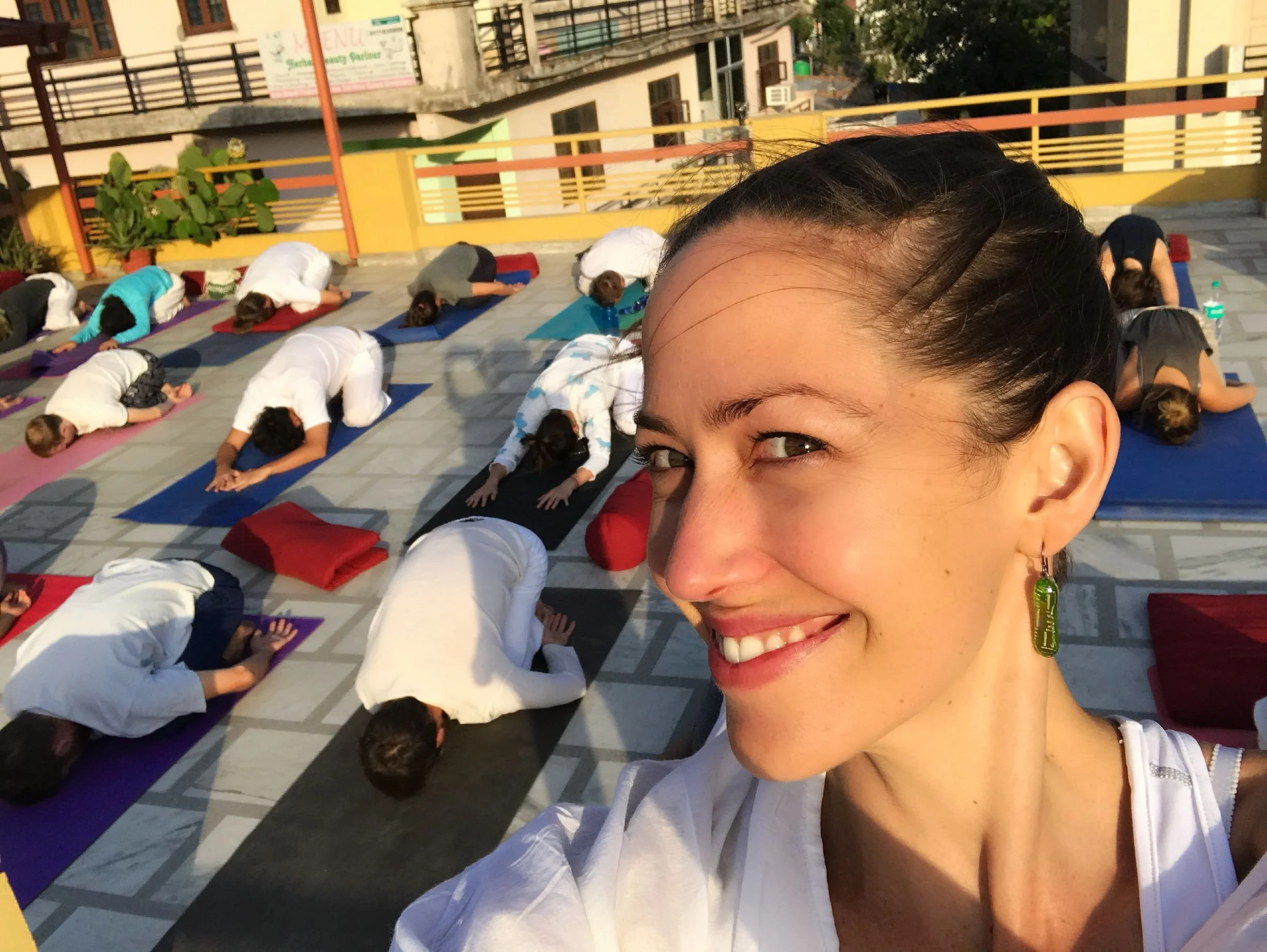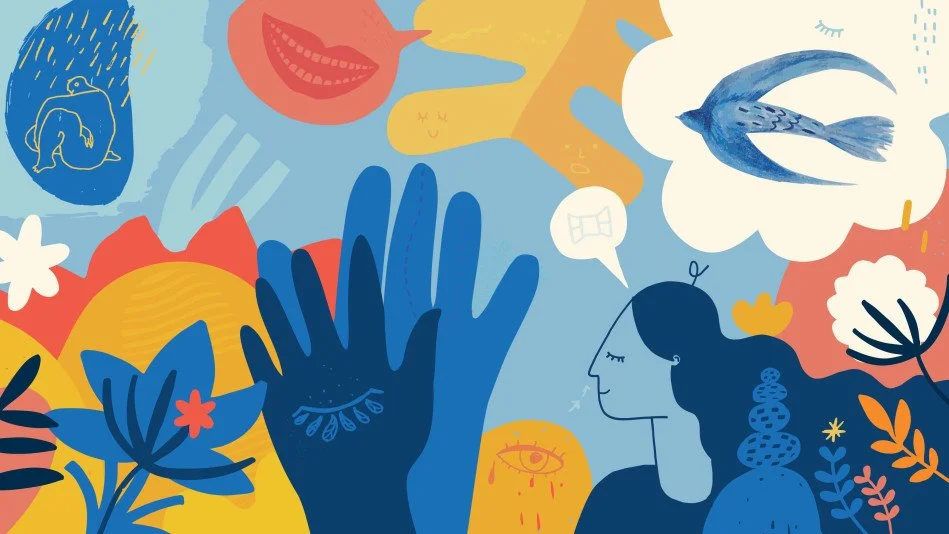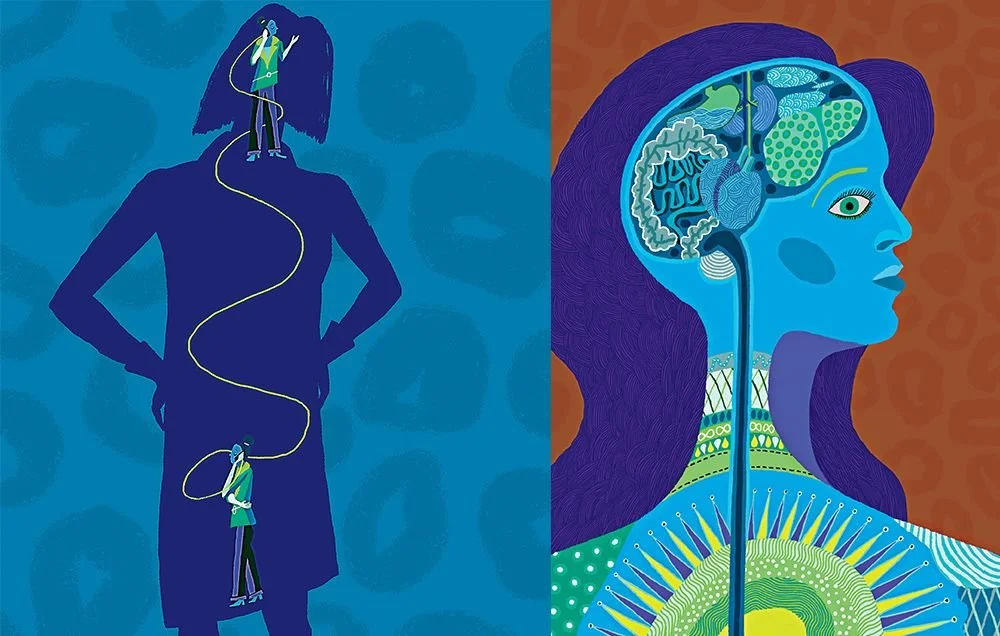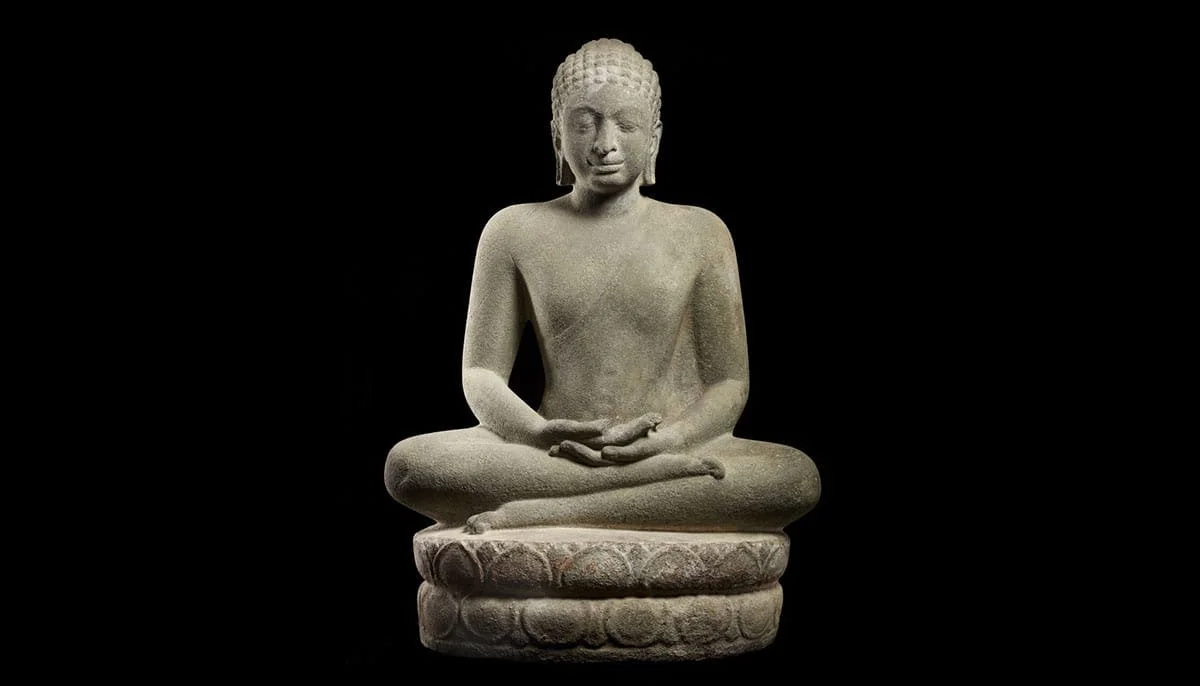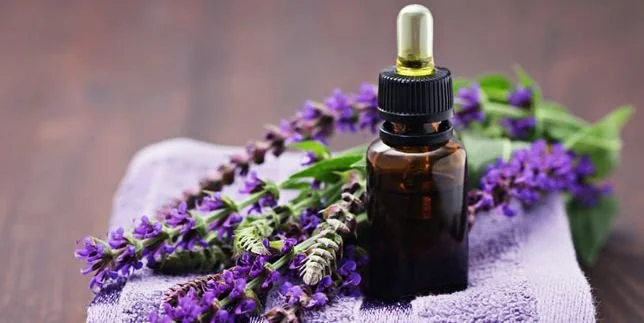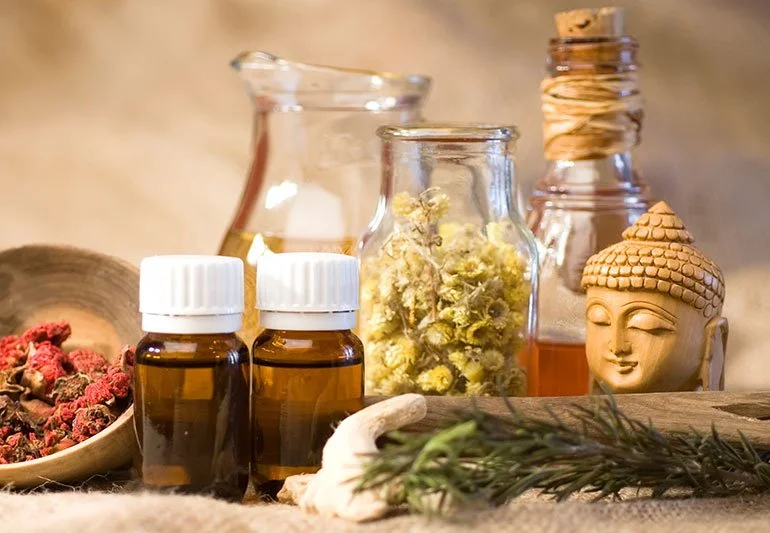Let me tell you about an athlete and an artist and how they both access the flow state in order to tap into their full potential and unleash their creativity, producing their best work and experiencing a state of pure enjoyment and satisfaction.
The athlete who is completely absorbed in their sport pays full attention to the game, and their movements look easy and natural. They are fully in the zone, and their focus is unwavering. Their body seems to move with grace and precision, as if they are being guided by an unseen force.
They are aware of what's going on around them, but it doesn't distract them. They are living in the moment, and they are completely focused on the task at hand. They are able to tune out the noise of the crowd and any other distractions, and they are able to perform at their very best.
Their breathing is steady and controlled, and they seem to be in a state of complete calm and focus. Their mind is clear, and they are able to make split-second decisions with ease. They are able to react to the game in real-time, and their movements seem almost effortless.
The athlete is in a state of peak performance, and they are able to give their best effort. They are able to perform at a level that exceeds their normal abilities, and they are able to produce their best work. The flow state is a state of heightened focus, creativity, and enjoyment, and it is a state that athletes strive to achieve.
An artist who is totally focused on their work is another example of someone in a flow state. They are paying attention to the canvas, and their brushstrokes look like they just flow. The artist is completely absorbed in the creative process, and their hands seem to move with ease and grace.
Their focus is unwavering, and they are able to tune out all distractions and interruptions. The artist is living in the moment, and they are completely focused on the task at hand. Their mind is clear, and they are able to tap into their imagination and unleash their creativity.
The artist is in a state of pure inspiration, and their brushstrokes seem to come from a place of deep understanding and intuition. They are able to bring their vision to life, and their work takes on a life of its own. The colors, shapes, and lines blend together seamlessly, creating a masterpiece.
The artist is in a state of peak performance, and they are able to give their best effort. They are able to perform at a level that exceeds their normal abilities, and they are able to produce their best work. The flow state is a state of heightened focus, creativity, and enjoyment, and it is a state that artists strive to achieve.
In both cases, the person is in a state of flow, where they are completely focused on the present moment and their activity. They are doing their best, and they are very happy and satisfied with what they are doing.
You don’t have to be an artist or an athlete to benefit from entering the zone of a flow state. Being in a state of flow can lead to better performance, more motivation, and a better sense of well-being no matter who you are and what you are doing to get there. When someone is in the flow, they are more creative, productive, and able to stay on task. They are also more likely to feel happy, satisfied, and like their lives are complete. The flow state is a very good place to be, and you can get there with regular practice and the right circumstances.
Some Tips To Get Into Flow:
Locate your sweet spot by partaking in pursuits that present just enough of a challenge without becoming overwhelming and that are well suited to your abilities and interests. You may find that this facilitates your entry into the flow state.
Turn off your phone, log out of email, and find a peaceful spot to work to reduce the number of interruptions you'll have to deal with when you're trying to get work done.
Maintain concentration - Give your full attention to a single task at a time. You'll be able to enjoy the present more and enter a state of flow using this strategy.
Plan out your steps - Know exactly what it is that you want to do, and then aim towards that.
Relax and trust the process, rather than trying to micromanage every step. You'll be able to unwind and enter a state of flow with the help of this.
Create a confident and optimistic outlook on life by blocking out negative thoughts and doubting your abilities.
Regular practice can help you achieve the flow state more often. In order to enter the flow state more frequently and readily, practicing the activities that lead to the flow state on a regular basis is recommended.
These are merely a few guidelines for entering the zone. The trick is to figure out what makes you feel most in the zone, and stick with it. Experiencing the benefits of enhanced focus, creativity, and enjoyment can be achieved by learning to enter the flow state more frequently and with less effort with practice.
Key physiological changes that occur during the flow state:
Increased heart rate - Your heart rate increases, which can result in increased energy, focus, and motivation.
Altered brain wave patterns - Your brain wave patterns change, with increased activity in the theta and gamma frequency ranges. These changes are associated with increased creativity, focus, and mental clarity.
Reduced stress hormones - Cortisol levels decrease, which can help to reduce stress, anxiety, and fatigue.
Increased production of endorphins - Endorphin levels increase, which can result in feelings of euphoria, happiness, and well-being.
Improved immune function - Flow state can also improve immune function, helping to reduce inflammation and improve overall health.
These physiological changes work together to create the experience of the flow state.
You'll know you're in the flow state when you experience several specific symptoms, including:
Total immersion - You are completely absorbed in the activity and lose track of time.
Effortless effort - The activity feels effortless and natural, even though it may be challenging.
Sense of control - You feel in control and confident in your ability to perform the task.
Increased focus - You are highly focused and alert, and distractions are easily ignored.
Enjoyment - You experience a deep sense of enjoyment and fulfillment from the activity.
Improved performance - You perform at your best, and often exceed your expectations.
Post-flow euphoria - After the flow state, you experience a feeling of euphoria and satisfaction.
These are the most common symptoms of the flow state. If you are experiencing several of these symptoms, it's likely that you are in the flow state. As previously mentioned, the flow state is a highly desirable state, as it can lead to improved performance, increased motivation, and greater well-being. If you're looking to experience the flow state more frequently, try incorporating the steps mentioned earlier into your daily routine.
In conclusion, when someone is totally immersed in an activity, they enter a condition known as the flow state, which is characterized by increased levels of concentration, creativity, and enjoyment. When one is completely immersed in the present while also being totally immersed in a challenging but manageable activity, they are said to be in a state of flow, the positive effects of which include enhanced productivity, creativity, and satisfaction. Through practice and focusing our intention, we can learn how to enter into a flow state when we desire it.
How do you get into a flow state?








